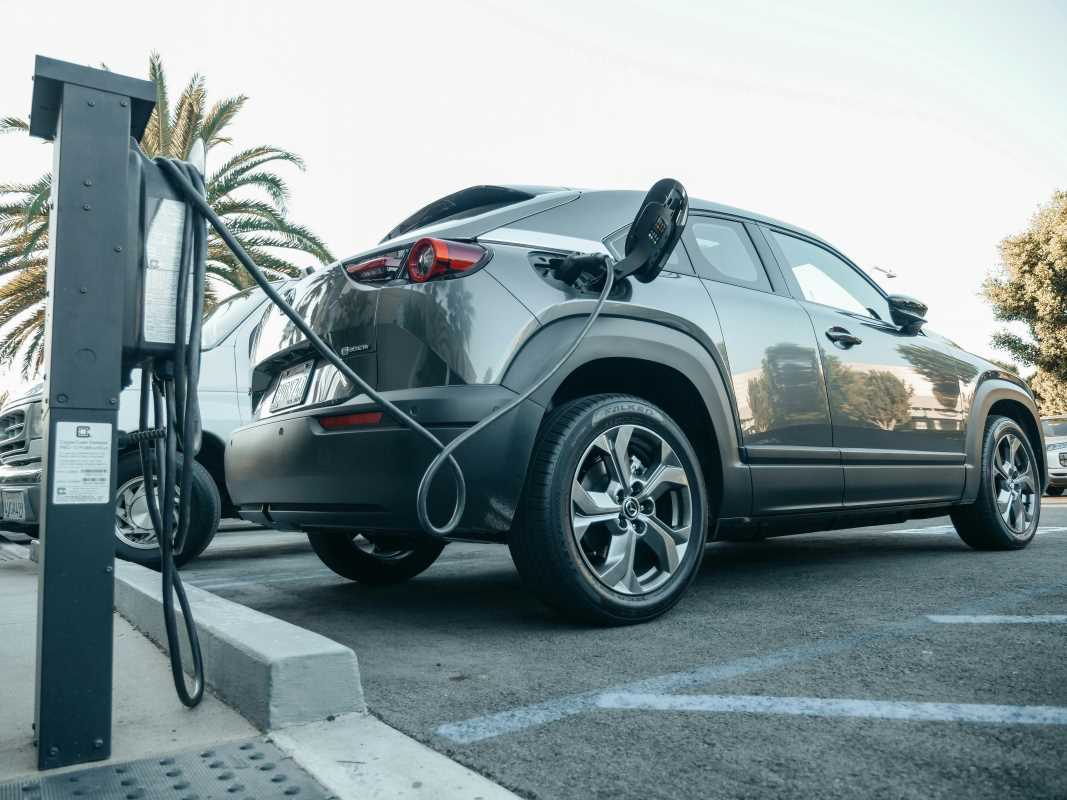Vehicle history reports can be your secret weapon when shopping for a used car. Packed with valuable insights about a vehicle’s past life, these reports can help you steer clear of lemons and land a ride that’s worth every penny. But how do you make sense of all the data? From deciphering damage alerts to understanding ownership trends, mastering a vehicle history report can feel like cracking a secret code.
If you're feeling overwhelmed by the seemingly endless string of charts, mileage updates, and repair records, fear not. We’re here to guide you through the essential things to look out for when reading a report so you can make a confident, informed decision.
Here are five key tips to help you cut through the clutter and ace the art of vehicle history report analysis.
Spotting the Story Behind the Ownership
One of the most telling sections of a vehicle history report is the ownership details. Here, you’ll find insights about how many people have owned the car, where it was registered, and whether it was primarily used for personal, commercial, or rental purposes.
When scanning the ownership section, look for patterns. A used car with numerous owners in a short amount of time might signal trouble. Frequent changes in ownership could indicate recurring mechanical issues or possibly even a hidden accident history. On the flip side, a car that’s had a single, long-term owner is often a safer bet, as it suggests stability and consistent care.
It’s also worth noting where the car has lived. For instance, vehicles from snowy areas may have more rust and corrosion due to road salt exposure, while cars from warmer climates might have sun damage. Paying attention to a car’s geographical history gives you an extra clue about its condition.
Decoding Accident and Damage History
The damage section is where things can get real. Vehicle history reports often flag accidents, and this information is essential for evaluating a car’s true value and safety. But not all accidents are dealbreakers. The key is understanding the severity of the damage.
Small fender benders that only required minor cosmetic repairs are usually not a big deal. However, pay close attention to reports of structural damage, airbag deployment, or frame repairs. These issues may compromise a vehicle’s safety and long-term reliability.
Beware of vehicles with incidents of flood or fire damage. Even if the car looks fine on the surface, water and fire can wreak havoc on its wiring and electronics, leading to ongoing headaches. If you see these red flags, proceed with caution or, better yet, move on.
Pro tip? Not all accidents are reported to insurers and might not show up in the report. Combining this data with a mechanic’s inspection is the best way to get the full picture.
Understanding Mileage and Maintenance Records
Mileage tells a story of usage. While most people associate low mileage with better cars, context is crucial. A vehicle’s average annual mileage is typically around 12,000 to 15,000 miles. If a car has far more or less than this, it’s worth asking questions.
Cars with extremely high mileage may be well-maintained highway warriors, or they could be nearing the end of their practical life. On the other hand, vehicles with surprisingly low mileage for their age might not necessarily be in stellar condition. Prolonged periods of inactivity can lead to issues like engine trouble, degraded tires, and dried-out seals.
Equally important are the maintenance records. A well-maintained car often comes with a trail of documented oil changes, brake replacements, and tire rotations. If the report shows regular service at appropriate intervals, that’s a major green flag. A complete lack of maintenance records? Not so much. Neglecting maintenance could signal big repair bills soon after you drive off the lot.
Recognizing Title and Ownership Problems
Titles are the “official documents” of a car’s life, and they speak volumes about its history. Clean titles are exactly what they sound like–no major legal or financial hiccups. Salvage titles, however, indicate that the car has been declared a total loss by an insurance company. While salvage vehicles can sometimes be repaired and resold, they often come with significant risks, including hidden damage and reduced resale value.
There’s also the matter of title chains. The report will indicate if the car has faced title branding for reasons such as being deemed a lemon or having odometer rollbacks. The latter is worth an exclamation point, inconsistent odometer readings are a red flag for tampering. If the mileage appears rolled back or doesn’t match the car’s condition, skip it.
Vehicles with a clean title and a steady ownership chain usually present lower risk. If you’re considering taking on a more complicated title situation, just be mindful of the potential pitfalls and consult with experts.
Taking the Mystery Out of Recall and Warranty Info
While recalls might sound scary at first, they’re not inherently a dealbreaker. Car manufacturers issue recalls for safety or mechanical issues, and the good news is they’re typically fixed for free. When reviewing a vehicle history report, pay attention to whether the car has open recalls that are yet to be addressed.
Many vehicles are considered safe so long as their recall work has been completed. If the report lists an active recall, contact the automaker to determine whether repairs are still covered. Open recalls could also give you an advantage in negotiations since they may require your time and resources to sort out.
Don’t forget to check warranty information as well. Some certified pre-owned programs transfer warranties to new owners, which could save you money on repairs after purchase. Knowing what’s covered puts you in the driver’s seat when budgeting for potential future issues.







